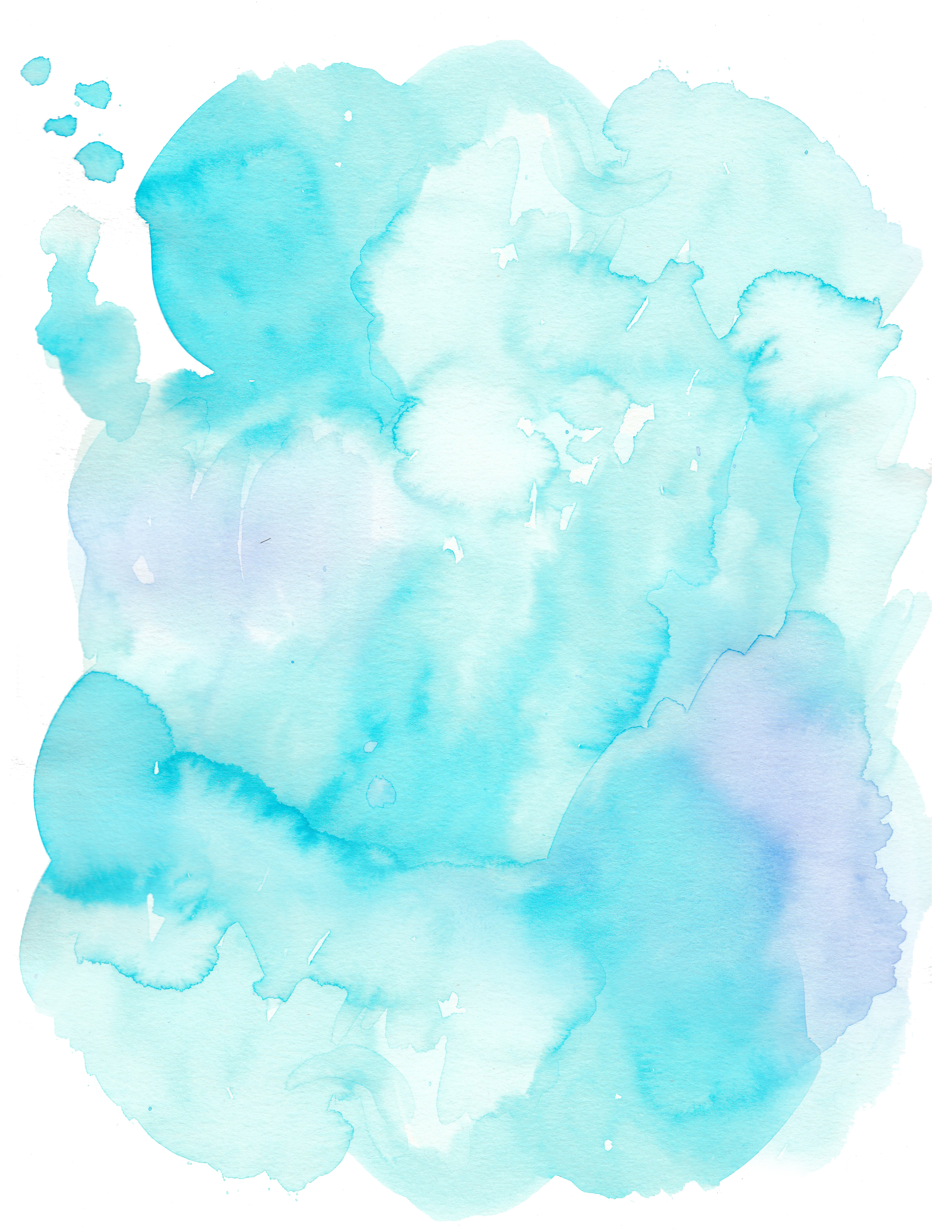
#TINGE WATER DRIVERS#
Development of an operational tool to predict future DOM levels in these systems as a consequence of anticipated future changes in key drivers that operate at a regional scale, including changes in the deposition of air pollutants and climate change.Characterisation and understanding of the main drivers of variation and change in DOM in a range of Scottish Water’s treatment plant.Working with Scottish Water as the NERC Environmental Risks to Infrastructure Innovation Programme (ERIIP) industrial partner, UKCEH applied its research expertise and long-term datasets to help develop a new approach to the management of the industrial risks associated with DOM increases. Recent UKCEH research shows that biological processes within reservoirs stimulated by diffuse pollution can transform the molecular structure of DOM, causing the amount of “hard-to-treat” algal-derived DOM to increase. Increasingly severe climate extremes, including droughts and flash flooding, threaten to exacerbate levels still further and potentially overwhelm ageing treatment infrastructure.Ī further challenge is that DOM varies in character, and not all types of DOM are removed by coagulants. This finding has significant implications for water management since attempts to control rising concentrations through catchment engineering solutions are unlikely to be able to ‘manage away’ these rising baseline concentrations.

Prior research involving the UK Centre for Ecology & Hydrology (UKCEH), in association with international partner organisations, has determined that DOM increases are ubiquitous across Northern Europe and parts of North America, and are closely linked to increasing solubility of soil organic matter as soils recover from the effects of acid rain. Scientifically robust information regarding the likely future direction of DOM concentrations and DOM treatability is required to enable the industry to decide whether to mitigate rising concentrations through local catchment management or adapt through investment in new plant or switching sources. These increases have been largest in catchments draining organic-rich soils and appear to be ongoing. Over the last 30 years average DOM concentrations in waters draining upland regions have approximately doubled. Consequently, the removal of DOM represents a major cost to the industry and consumers. Initial treatment often involves the use of coagulants to strip DOM from the water column, but additional treatment plant may also need to be installed. DOM also provides a substrate for bacteria within the supply network and contributes to algal growth in reservoirs. Water companies must ensure DOM concentrations are at negligible concentrations prior to any chemical disinfection process to prevent the formation of potentially harmful disinfection bi-products, and to minimise taste and odour problems. Organic substances leaching from these soils in the form of Dissolved Organic Matter (DOM) drain into reservoirs and raw water supplies, staining the water with a brownish tinge. We also have an easy-to-read guide which explains how you can keep your tap water in tip-top condition (PDF 14.Upland areas provide around 70% of the UK’s drinking water, a large proportion of which derives from organic soils such as peatlands. However, if your area is not showing, please give us a call on 03. You can check to see if we're aware of an incident in your area. If your neighbours are affected, the issue is most likely due to a burst pipe or planned works in your area.If your neighbours are not affected, this is most likely an issue with your internal pipework, you can find a Watersafe approved plumber here.If the discolouration does not clear, please check with your neighbours to determine if their water is also discoloured. Some discolouration can clear quickly (within minutes), but this can take longer depending on the cause.Allow the first incoming cold water tap (usually in the kitchen) to run at a trickle until it clears – why not collect this water and use it to water your plants?.

You can try clearing the discolouration from your water by following the steps below:

While your tap water is discoloured, we advise you not to run the hot water tap, use dishwashers, washing machines or any other appliances which uses your hot water supply.


 0 kommentar(er)
0 kommentar(er)
